Optimal Seasons for Foundation Repairs
Foundation repairs are most effective when performed during specific seasonal conditions that minimize soil movement and moisture fluctuations. The optimal time varies based on regional climate, but generally, dry and moderate weather periods provide the best conditions for repair work. Proper timing ensures better adhesion of materials and reduces the risk of further settlement or shifting.
Spring often offers moderate temperatures and increased soil moisture, which can be beneficial for certain foundation repair methods. However, excessive rain can delay work and affect results.
Summer provides longer daylight hours and stable weather, making it suitable for repairs. Hot temperatures can cause some materials to cure faster, but extreme heat may require additional precautions.
Fall typically presents cooler, drier conditions that are ideal for foundation work. Preparing before winter ensures stability during colder months.
Winter weather, especially in colder regions, can hinder foundation repairs due to freezing temperatures and frozen ground, which complicate excavation and setting of materials.
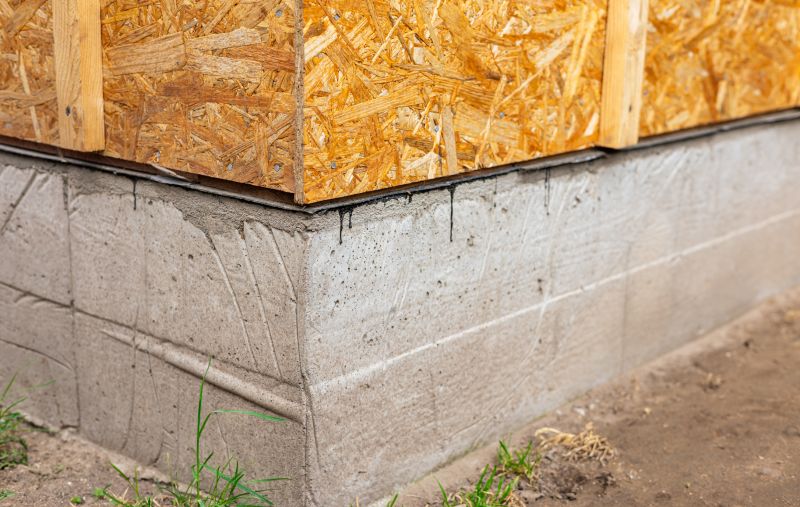
Image of a foundation repair process underway.
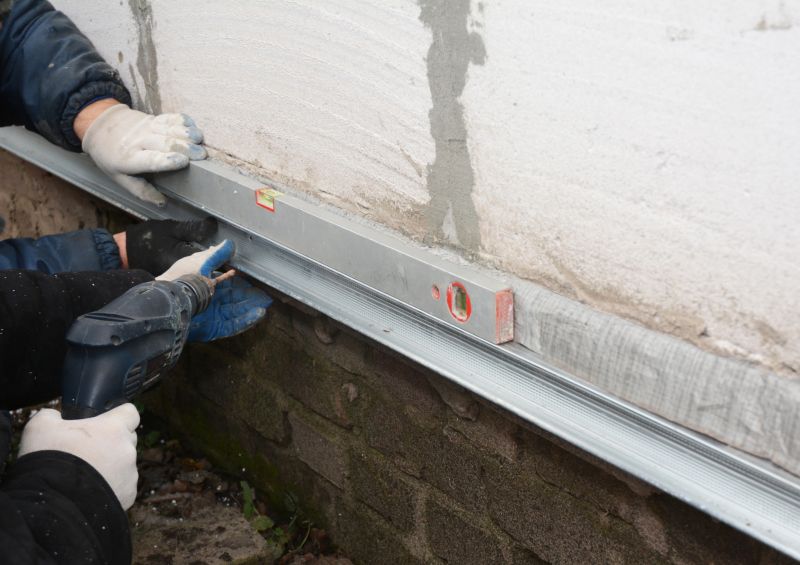
Photo showcasing soil stabilization methods used during repairs.

Image of crack injection being performed on a foundation wall.
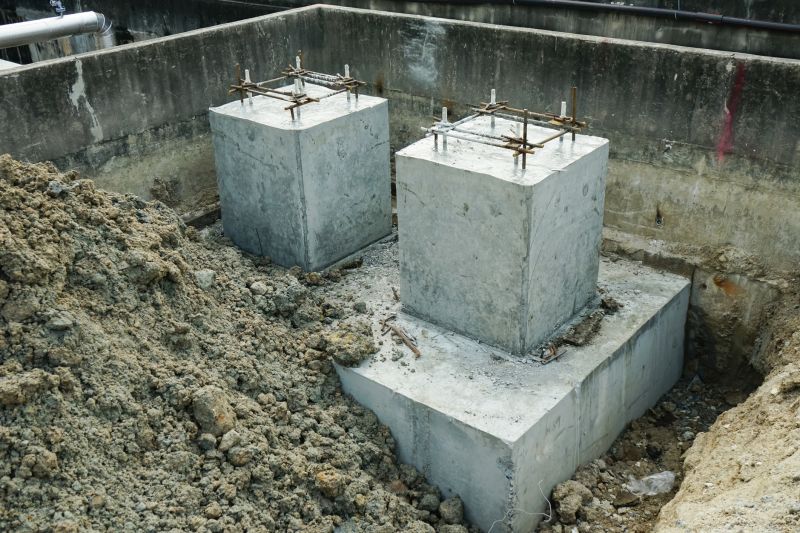
Photo of pier installation to support a settling foundation.
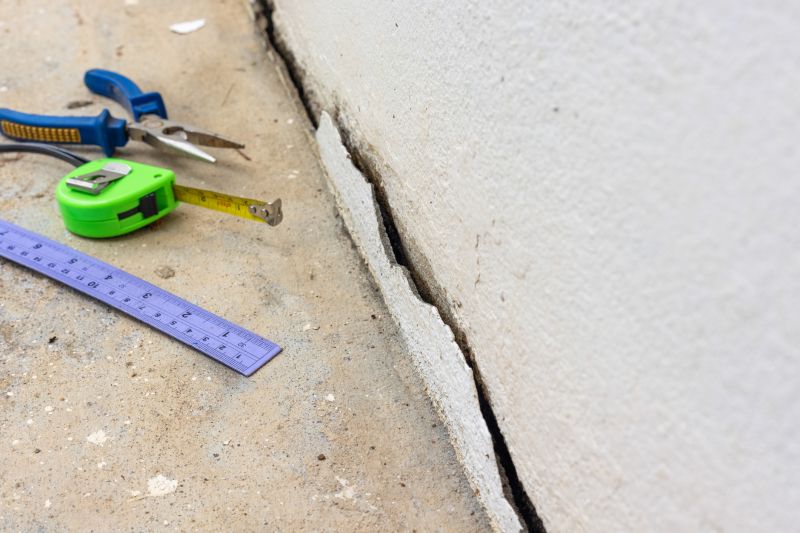
Ways to make Foundation Repairs work in tight or awkward layouts.
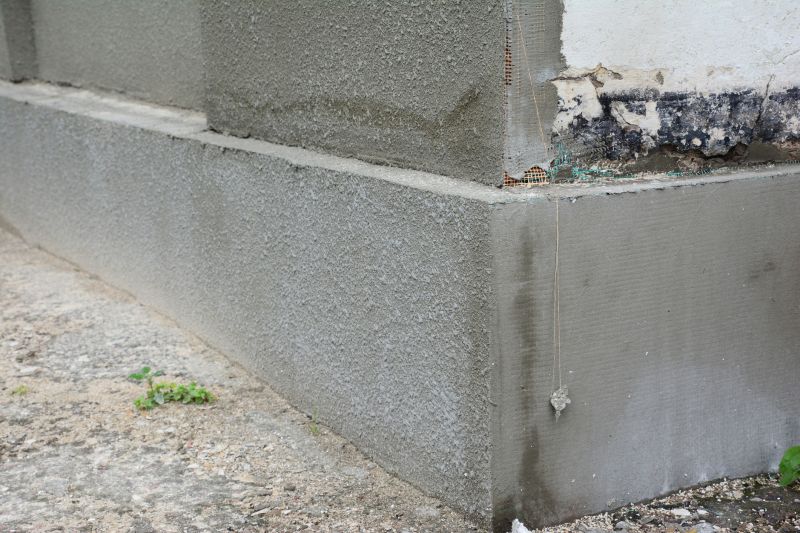
Popular materials for Foundation Repairs and why they hold up over time.
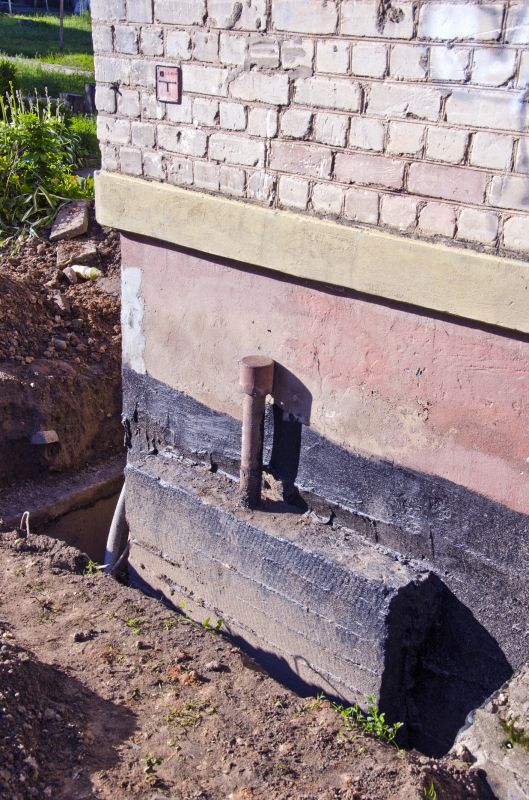
Simple add-ons that improve Foundation Repairs without blowing the budget.

High-end options that actually feel worth it for Foundation Repairs.
| Season | Ideal Conditions |
|---|---|
| Spring | Moderate temperatures, increased moisture, potential for rain delays |
| Summer | Long daylight hours, stable weather, hot temperatures |
| Fall | Cooler, drier conditions, pre-winter preparation |
| Winter | Freezing temperatures, frozen ground, limited repair options |
Foundation repairs are a critical aspect of maintaining structural integrity in buildings. They address issues such as settling, cracking, and shifting caused by soil movement, moisture changes, or poor initial construction. Proper timing of repairs can improve effectiveness, reduce costs, and extend the lifespan of the foundation. It is essential to evaluate weather patterns and soil conditions before scheduling work to ensure optimal results.

Close-up of crack sealing on a foundation wall.
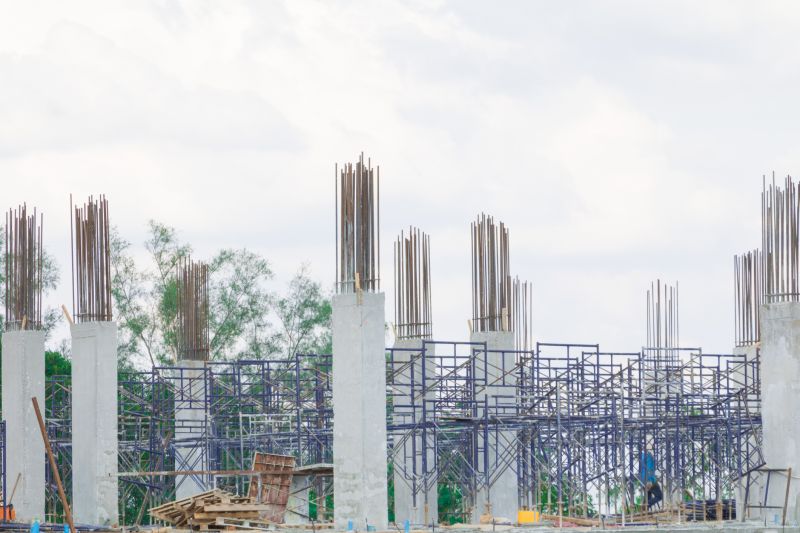
Image showing hydraulic piers being installed under a foundation.
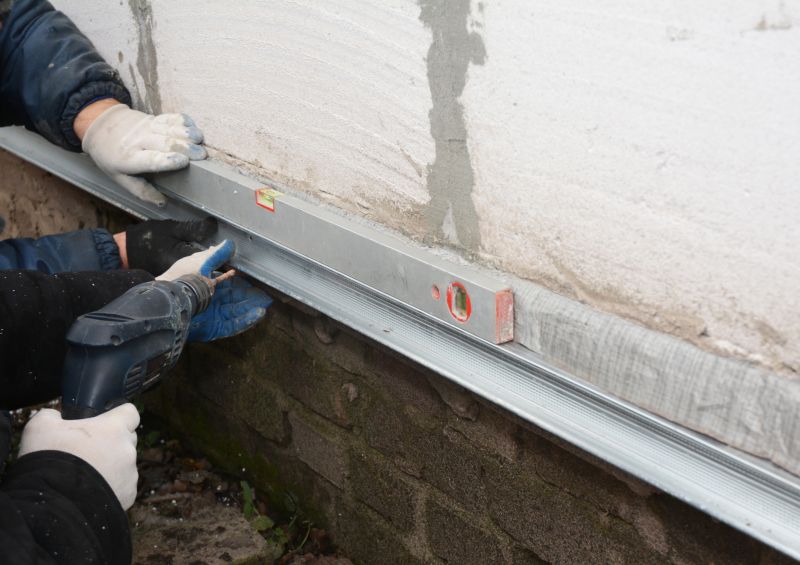
Photo illustrating moisture control techniques around a foundation.
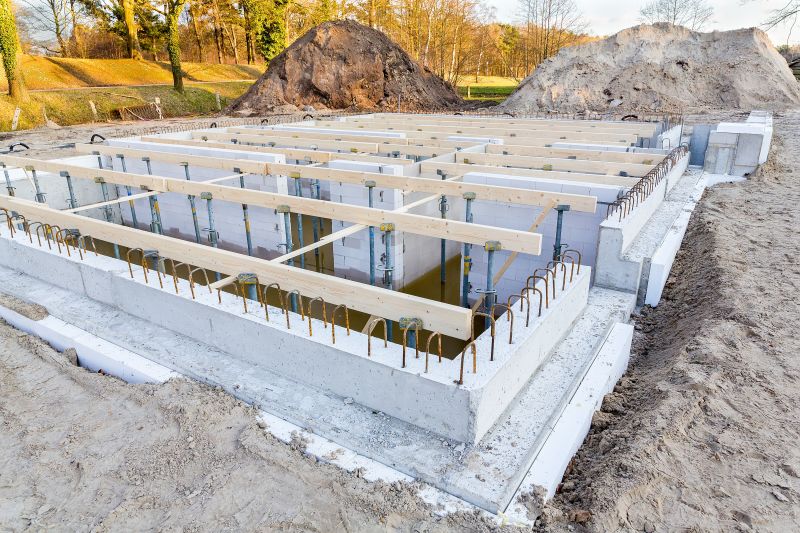
Foundation stabilized with underpinning methods.

Finishes and colors that play nicely with Foundation Repairs.

Little measurements that prevent headaches on Foundation Repairs day.

A 60-second routine that keeps Foundation Repairs looking new.
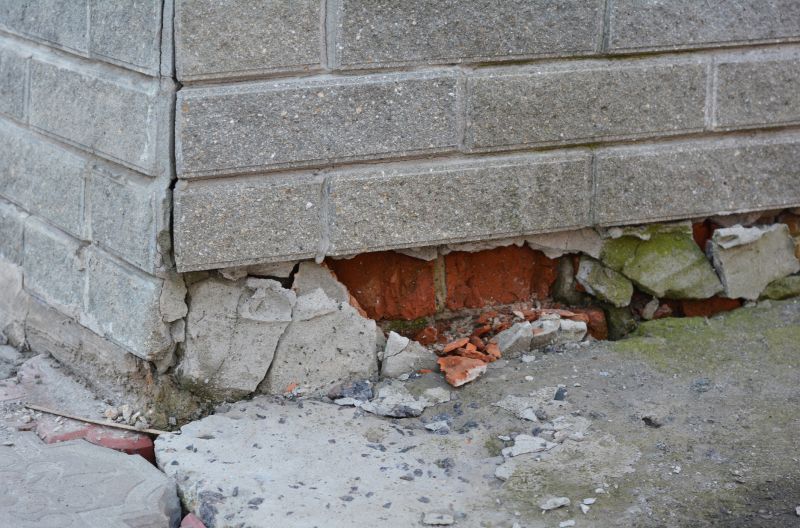
A frequent mistake in Foundation Repairs and how to dodge it.
Timely foundation repairs can help prevent further structural damage, reduce long-term costs, and ensure safety. Regular inspections and understanding seasonal influences support effective planning and execution of repair projects. Interested property owners are encouraged to contact for more information and assessment options.

